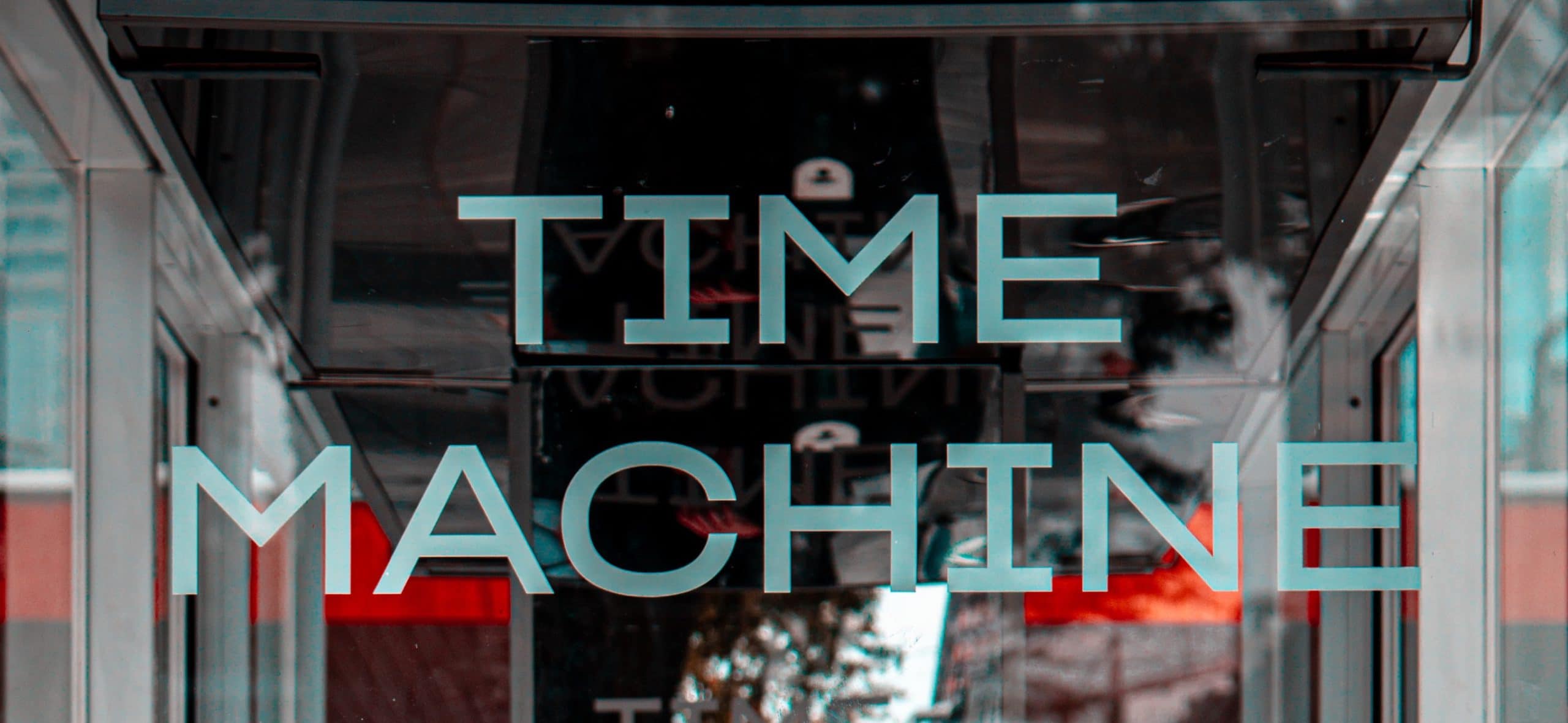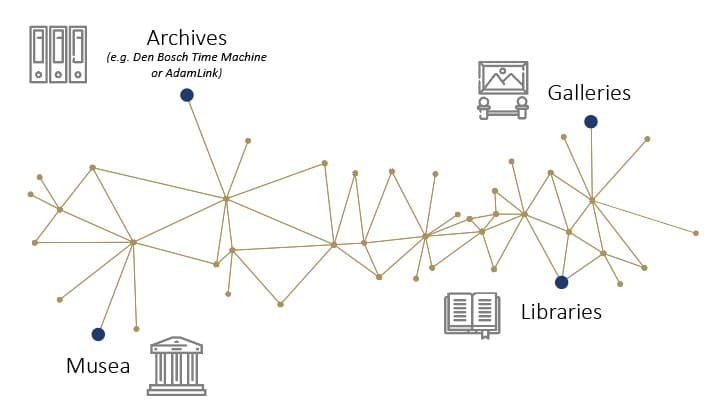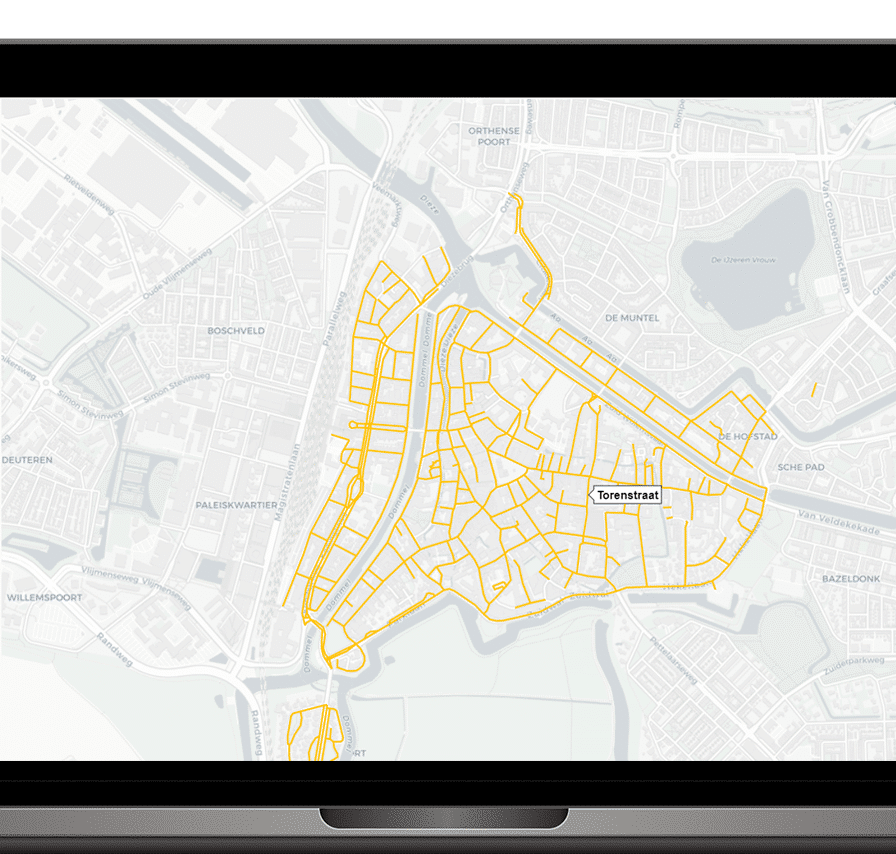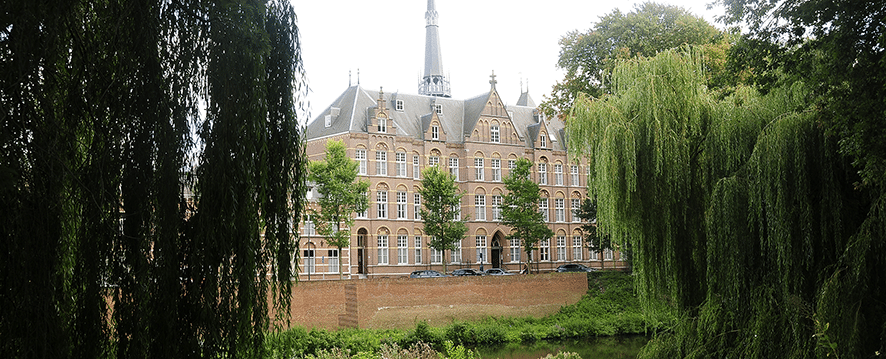The Challenge
The main challenge of the project was connecting the various current and historical data collections, and subsequently being able to interact with the available data at street level. This basically comes down to:
- Centralizing the historical data in a street register.
- Making this street register accessible to the general public and researchers.
What has been done
To effectively tackle these challenges, a database was constructed in a convenient way. Furthermore, an interactive dashboard was developed to present the information in the database to the general public.
Database
The heritage department puts great emphasis on making archives accessible to the general public, internal researchers, and external researchers. Of course, a dashboard can easily be made accessible to everyone over the internet, however, this characteristic should not only be limited to the dashboard. To publicize the database containing all the information of historic and current streets in ‘s Hertogenbosch, the database was developed according to the Linked Open Data (LOD) protocol. LOD allows multiple stakeholders to collectively gather and share their data, and thus fuel innovation within the heritage sector for many years to come.
Dashboard
The following data sources provided the starting point for the content of the dashboard. The list consists of both data to provide content (historical information & images) and functional data to enable interactivity (geographical data):
- Bossche Encyclopedia | historical information on (disappeared) streets
- Wikipedia | images and textual descriptions to streets
- Image database heritage department | images of the heritage department to streets
- BAG | zip codes of streets in city center & naming of streets
- NWB | geometries of streets
To provide the users of the dashboard some useful functionalities, the following filters were implemented:
- Name | search a specific street by name
- Disappearance | streets can be filtered based on whether they are disappeared or not
- Year | streets can be filtered based on whether there exists a known historical source for that street within a given time frame.
The result
The delivered street register, based on the LOD database and the interactive dashboard, fulfilled the expectations of the heritage department of ‘s-Hertogenbosch. With the sustainable solutions developed by the students, the heritage department once again makes a good step in understanding how to make their archives accessible to the general public. For more information about the Time Machine project, go to the website.





